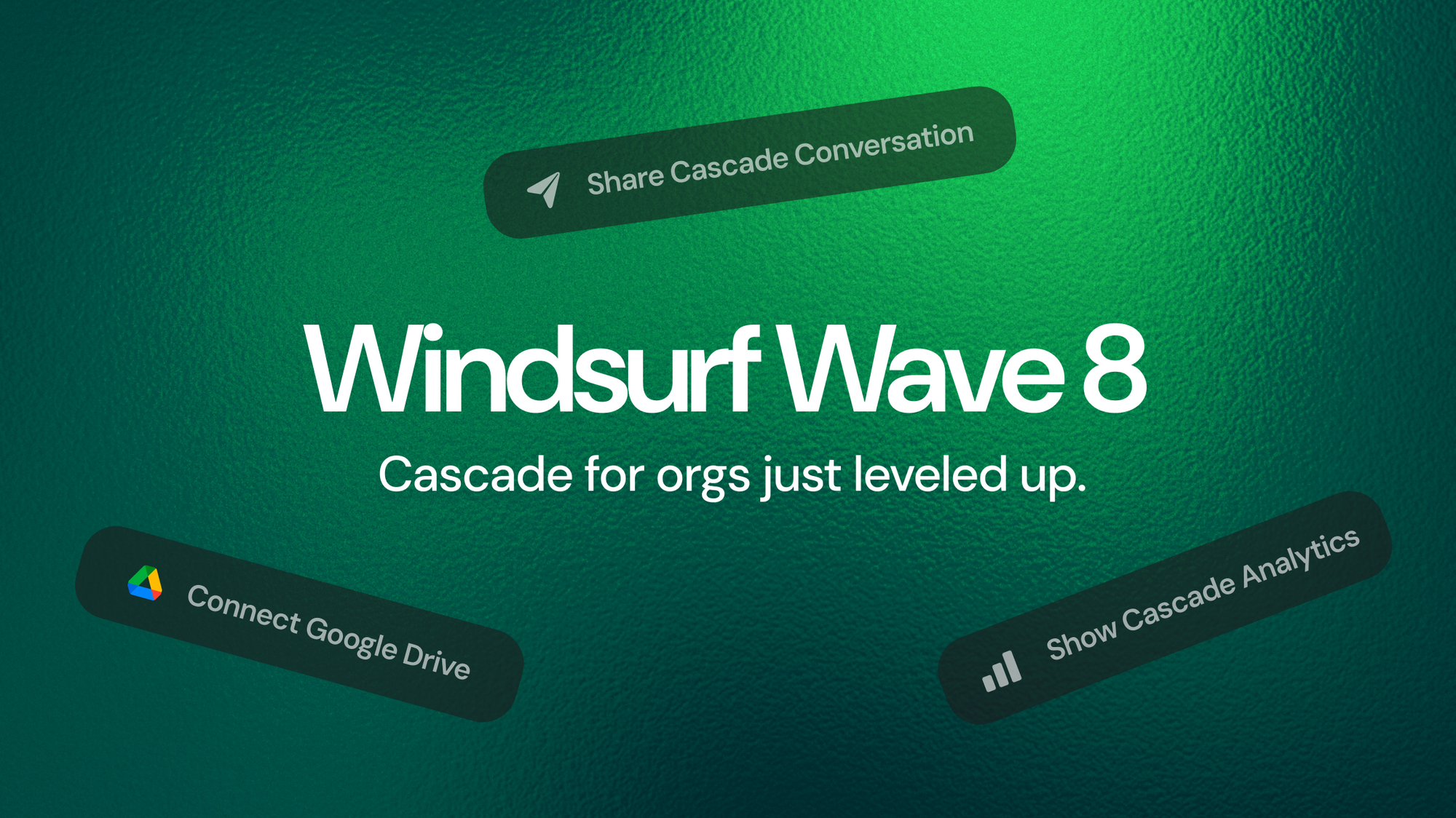On May 6, 2025, Windsurf launched Wave 8, introducing a comprehensive suite of features tailored for teams and enterprise users. This release marks the beginning of a three-part rollout, with the initial focus on enhancing organizational workflows and administrative controls. Key additions include the ability for team administrators to manage model access, ensuring that team members interact only with approved AI models.
Integration with GitHub has been strengthened through a new app that facilitates code reviews and pull request modifications, offering up to 500 reviews per month for Teams and Enterprise SaaS plans. Additionally, team members can now share Cascade conversations via secure URLs accessible exclusively within their organization.
Wave 8 is here!
— Windsurf (@windsurf_ai) May 6, 2025
It’s a big one, so this week we’ll be rolling it out in 3 parts.
Day one of Wave 8 focuses on Teams & Enterprises:
📄Windsurf Reviews
📂Knowledge Base
💬Conversation Sharing
🚀Teams Deploys
📊Improved Analytics for Cascade
👥Enterprise + Teams Self Serve Update pic.twitter.com/fEZftCB5k6
The update also introduces a knowledge management feature, allowing administrators to connect Google accounts and curate relevant documents. Team members can reference these documents directly within Cascade, streamlining information retrieval. Deployment processes have been optimized through integration with Netlify, enabling users to deploy applications directly from Cascade with support for team-specific settings like single sign-on and custom domains.
Furthermore, a new preview functionality allows users to view locally run websites within their IDE or browser, facilitating real-time context sharing with Cascade. These features are available to Teams and Enterprise SaaS users, with certain functionalities accessible across all plans.
Windsurf, formerly known as Codeium, has been progressively enhancing its AI-powered development tools, with previous updates introducing features like Turbo Mode and MCP server integrations. The Wave 8 release continues this trajectory, focusing on collaborative and administrative capabilities to support larger organizations. By providing tools that cater to both individual developers and enterprise teams, Windsurf aims to position itself as a versatile solution in the AI-assisted development landscape.






